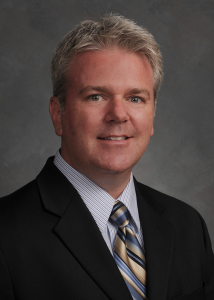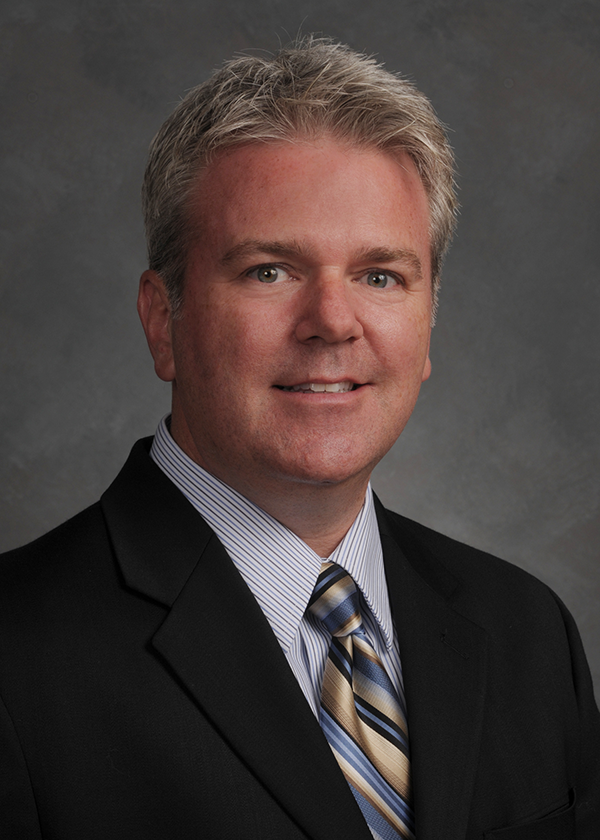In September 2015, AP Exhaust acquired its competitor Eastern Catalytic, combining AP’s full line exhaust offering and expertise with Eastern’s first-to-market catalytic converter emissions capabilities. The deal has positioned the combined company as a leading exhaust and emissions supplier in the North American automotive aftermarket. In March of this year, longtime aftermarket executive Hugh Charvat joined the company as CEO. In today’s AMN Executive Interview, Charvat brings us up to speed on the integration of the two companies as well as his plans for the business going forward.
 It’s been about six months now since you joined AP Exhaust as CEO. What are your thoughts on the business thus far and where do you see the company headed in the next few years?
It’s been about six months now since you joined AP Exhaust as CEO. What are your thoughts on the business thus far and where do you see the company headed in the next few years?
Well, it’s a great business with exceptional brands that are familiar to me as a car guy, such as Cherry Bomb, ANSA and Silverline, to name a few. My familiarity with AP Exhaust goes back to 1998 when I first toured the main manufacturing facility and immediately became a customer. As far as our course over the next few years, I see the company headed in a very solid direction. While we continue to grow with our core aftermarket customers, we will also continue to expand in adjacent markets such as heavy-duty and industrial OEM. Our expertise in emission controls can be applied in these markets and our flexibility in providing unique solutions to customers gives us an advantage over some of the legacy providers.
Last year, the company acquired another major player in the emissions segment – Eastern Catalytic. Please give our readers an update on the acquisition and how it’s been incorporated into the AP Exhaust business and corporate culture.
Eastern Catalytic was an outstanding acquisition. Their leadership in the industry with new part introductions is impressive – and something that strengthens the organization. That said, we are very careful regarding how we treat the brand. Eastern Catalytic carved out a very nice position in the aftermarket and their customers are great supporters of the Eastern brand. As a result we have added the Eastern brand to our family of products and will continue to develop the brand and the breadth of product offered. Wherever we can leverage AP’s scale and operational resources to make Eastern more successful, we are doing so.
Regarding Eastern’s culture, it is very similar to AP’s. That being said, we are very deliberate as to how we approach the integration of Eastern Catalytic and AP Exhaust. Culture is exceptionally important, unique and an excellent way to distance yourself from your competition. You can buy land, manufacturing facilities, intellectual property and hire talented people, but you can’t buy culture – that has to be developed through a company’s strategy, structure, processes, results and reinforced by management again and again. So, much like the Eastern brand, we are taking advantage of how our cultures are aligned to make us a more effective manufacturer and supplier to our customers.
As a manufacturer, tell us what the advantages are to being a fully vertically integrated business?
It means that you can control every element of the product you produce. It also means that a component supplier or vendor will not limit what we can provide to our customers. For instance, when we see an opportunity in the marketplace to provide a differentiated product, we are able to work with our customers to validate the opportunity, identify the product attributes and put our engineers and experts to work to design and introduce the product. Not only does this vertical integration make us more nimble, it also means we are not educating a third party that may also work with our competitors.
With all of the various emissions standards and regulations across the globe today, how does AP Exhaust stay ahead of the curve when it comes to managing this through technology and innovation?
Our team of engineers and emission control experts work closely with one another while also participating in industry groups and committees to make sure we understand the current and evolving regulations as well as emerging technology. This, combined with our vehicle and product testing capabilities, allows us to maintain a leadership position in the marketplace.
Understanding how the company stays educated and informed, how does AP keep its customers educated on the ever-evolving emissions laws?
Our customers expect that the products produced by AP Exhaust meet both the EPA and CARB requirements by application. Through product bulletins, cataloging, online content and training, we are able to provide our customers with the information and education they need to service the consumer and “turn the light off” on their dashboard.
Lastly, what new technologies and changes should we be aware of in this product category?
I believe we will continue to see improvements in the way precious metals are applied to catalyst substrates. The goal is to reduce the amount of precious metal content while not sacrificing the performance or longevity of the catalyst. Within our own catalyst coating facility, we have invested in more efficient coating processes while continuing to evaluate new application techniques and formulations. We are committed to being in the best position to provide the highest-performing products to our customers.














